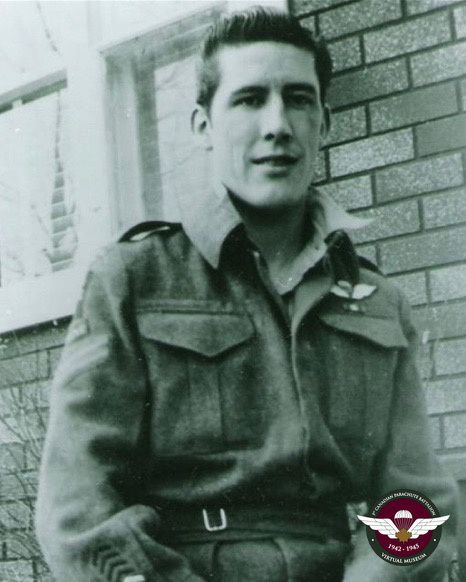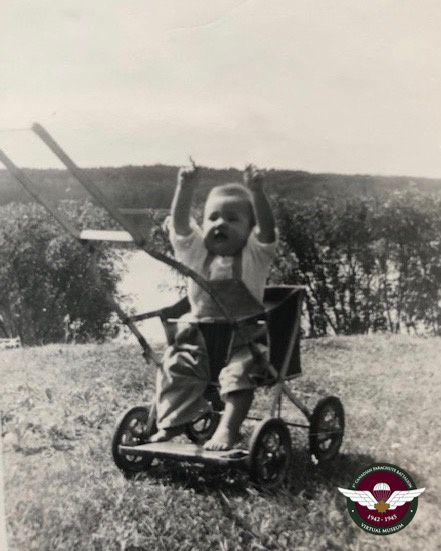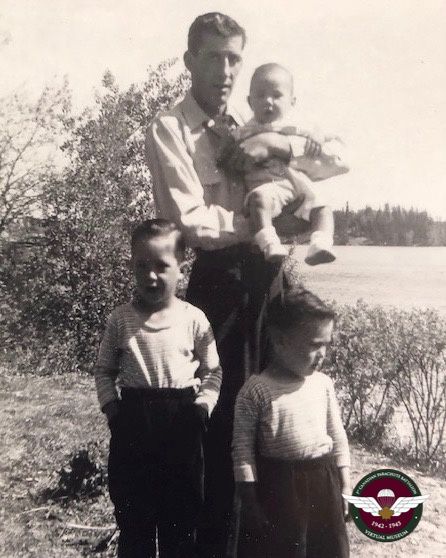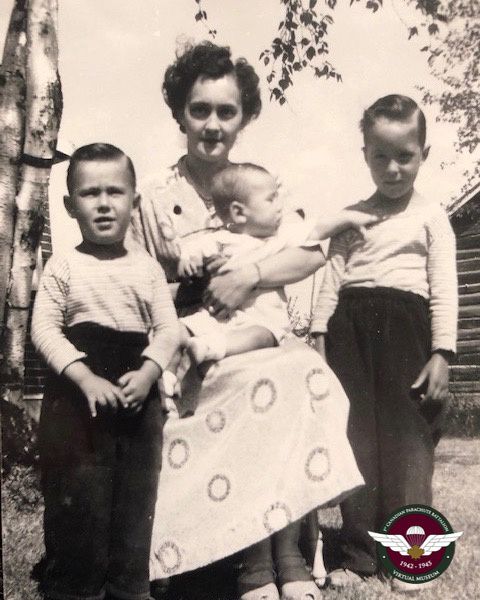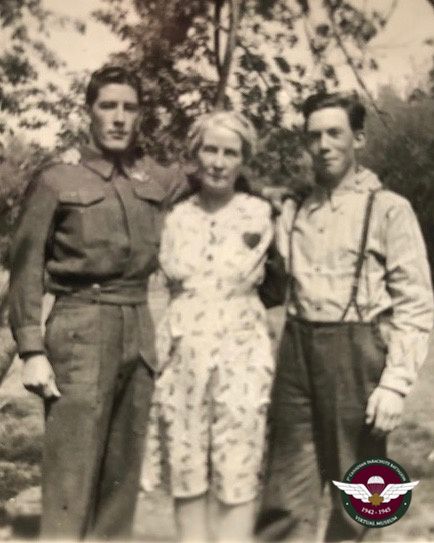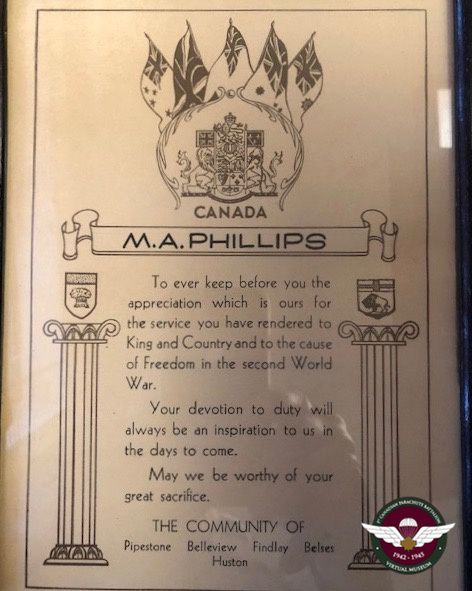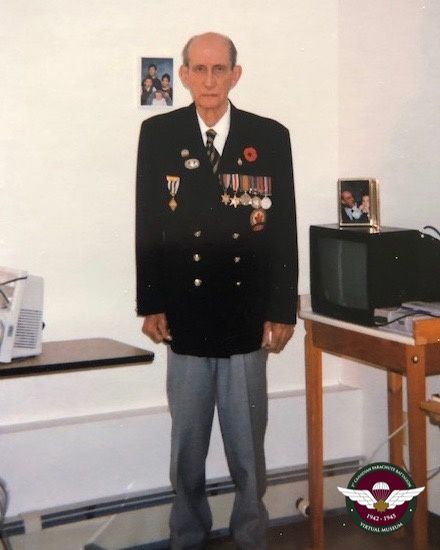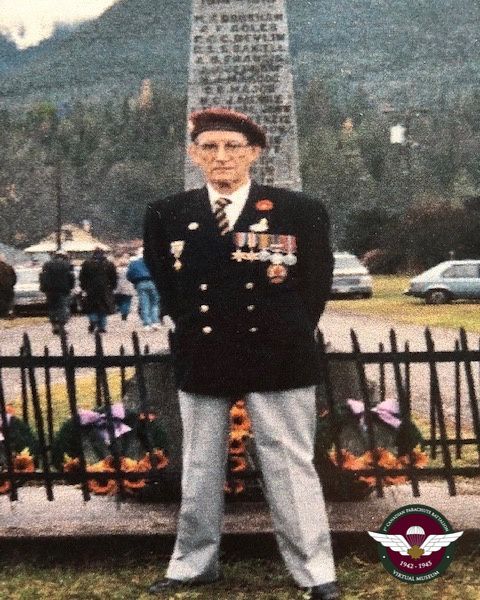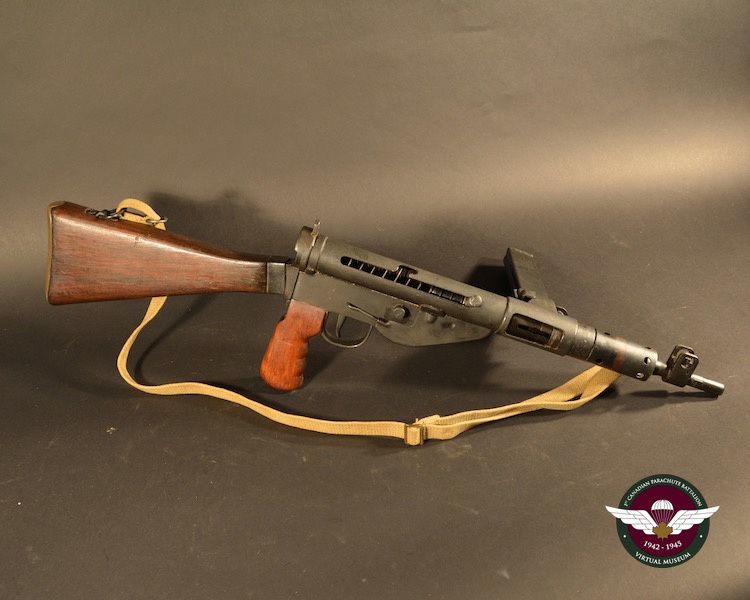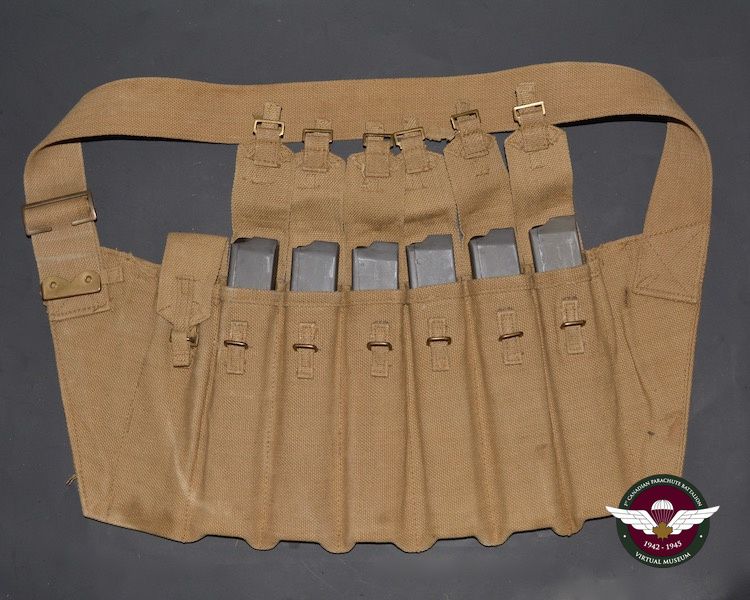Corporal Matthew Andrew Phillips
Corporal Matthew Andrew Phillips was born on the farm near Pipestone Manitoba on October 10, 1920, he was the second youngest of sixteen children. His parents, Mathew and Bertha Phillips immigrated to Canada from Ireland in the late 1800s in search of greater opportunities in order to raise a family. Matthew attended a local school in the Pipestone region and worked for his father on the family farm until finishing school. Matthew and a couple of his brothers ventured out to do contracting work as Threshing Gangs.
World War two was in full momentum and Matthew wanted to join the military to contribute to the war effort, following his siblings. Three of Matthew’s brothers were already serving in the military. Two of them ended up as POW’s. Horace was serving with the Winnipeg Tank Corps when he was captured during the Dieppe Raid. Horace would remain in a POW camp in Germany until the end of the war. His other brother Keith was later captured in Hong Kong with the Canadian Army and spent the remainder of the war in a Japanese prison camp under very poor conditions.
Matthew eager to serve in the army, so he enlisted with Princess Patricia’s Canadian Light Infantry (PPCLI) in Winnipeg, Manitoba and completed his basic training shortly after. He later discovered the Paratroops were recruiting and only accepting the best soldiers. Matthew was young, fit and keen so he applied for a transfer to the 1st Canadian Parachute Battalion. He successfully passed the physical testing then aptitude and psychological assessments with ease. He moved on to the next phase and was sent to Fort Benning, Georgia, U.S.A. for his parachute course. On February 13, 1943, Matthew graduated from the parachute school and was now a very proud paratrooper and accepted as part of the elite.
Matthew was sent to England shortly after where he would join the Battalion as part of the 6th Airborne Division. He was placed in C Coy where he began intense training for the next several months and preparation for the invasion of Normandy. The day had come to put all that training and preparation into action. In the early hours of June 6, 1944, Matthew parachuted with the Battalion into Normandy and upon landing, was met with a fierce firefight. Skirmishes continued for the next few days. On June 8, 1944, Matthew was wounded during an exchange of bullets with the enemy and suffered injuries to his hip and left lower arm.
The war was finally over and Matthew began his journey back to the UK, then Canada and began a long recovery from his battle wounds, both physically and mentally. He was now ready to return to his civilian life, however, decided farming was no longer for him. Matthew met a young lady from Oak Lake by the name of Audrey Doreen Todd and it was love at first sight. He knew she was his soul mate and after a brief courtship, the two exchanged vows on February 7, 1946, and began their long life together.
They relocated and Matthew began a mining job at the San Antonio gold mine in Bissett Manitoba. Matthew would work at the mine until the price of gold fell and there was the rumor of closing the mine. By this time, their family had expanded, now having five children. Matthew learned through his friend Neil Smith that there was plenty of work for him out in the mountains of British Columbia (B.C.). In 1957 Matthew and his family relocated to Nelson, B.C. and he began working at the Utica Mine out of Kaslo, B.C. After a few close calls with the mine caving in, Matthew decided it was time to find less risky employment. Matthew secured a job with the hydro company and eventually settled at the Post Office where he worked until he retired in 1985.
World War two was long over, but Matthew’s nightmares of the war continued. He would carry these difficult moments for the remainder of his life, never speaking about his combat experience or the many friends he lost. Matthew and Audrey were married for 51 years when on March 16, 1997, he passed away. If you have read this biography of Corporal Matthew A. Phillips, then you have kept his memory alive.
Pictures and information courtesy of Keith Phillips.
Sten MkV
Mathew would have carried a Sten submachine gun overseas, similar to this one shown below. The Sten can be found in several models, the one pictured here is a Sten MKV, produced for the Paratroopers. It was an inexpensive firearm to produce, costing less than $10.00 per unit. It chambered a 9mm cartridge with a firing rate 550 rounds per minute and an effective range of 100 yards. Also shown is a magazine pouch or bandolier that allowed a soldier to carry an additional 30 round magazines. Courtesy of Collectors Source.
